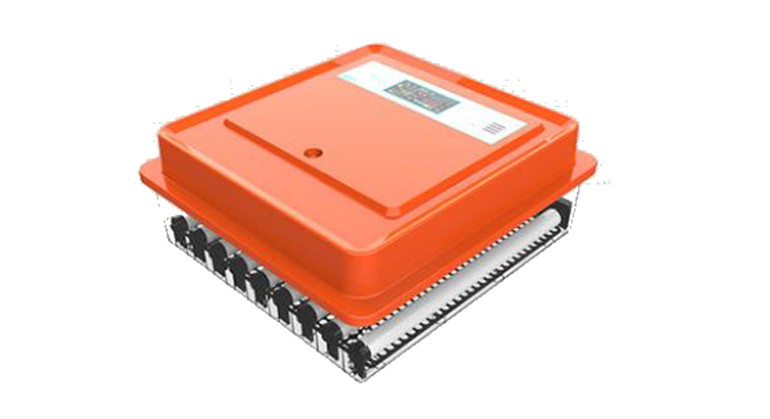

In modern agriculture and aviculture, "incubators Hatching Eggs" have become essential for boosting breeding efficiency. Whether you're a hobbyist or running a commercial farm, selecting the right incubator is crucial. Here’s how to choose the best incubator for your needs and some practical tips to ensure the highest hatch rate possible.
Start by identifying the types of eggs you plan to hatch. Different species require specific temperature, humidity levels, and turning frequencies. For example, chicken and duck eggs might need more frequent turning compared to peafowl or ostrich eggs.
The market offers a wide range of incubators from basic manual models to fully automated high-tech units. Beginners may find an incubator with automatic temperature and humidity control systems beneficial. Such features reduce manual adjustments and maintain a stable environment throughout the incubation period.
Regular maintenance and cleaning of your incubator are equally important. Not only does this extend the lifespan of your equipment, but it also reduces the risk of disease transmission, ensuring each batch of eggs benefits from a hygienic incubation environment.
Investing in a quality incubator not only enhances hatch rates but also saves valuable time and effort. "incubators Hatching Eggs" represent an indispensable aspect of contemporary aviculture. By following these guidelines, you can make informed decisions about incubator selection and use, leading to more successful hatching projects.